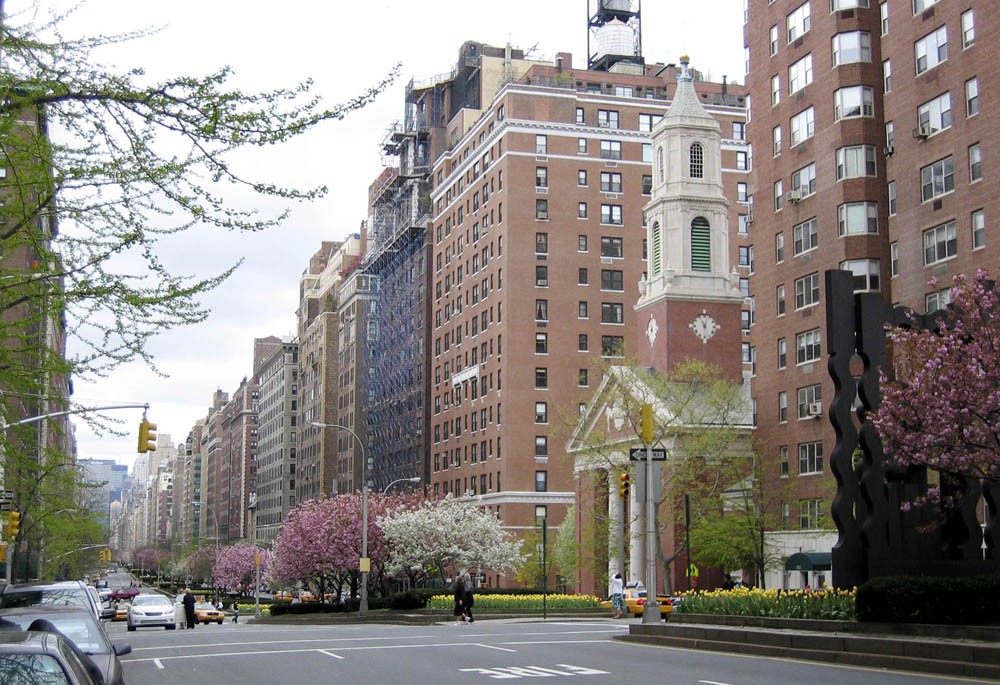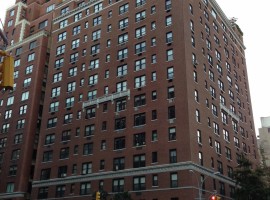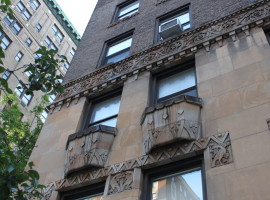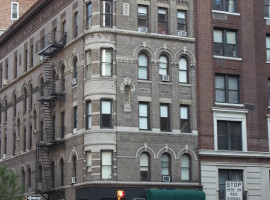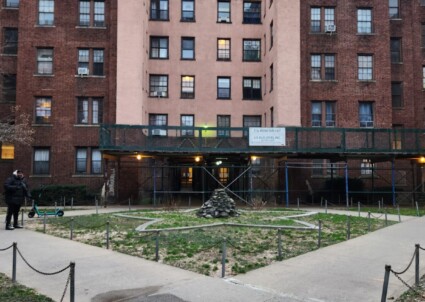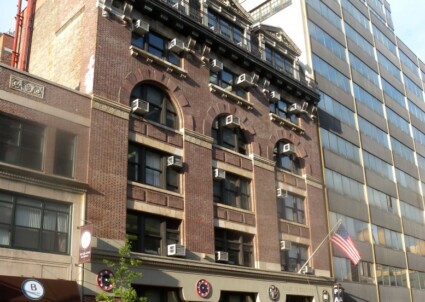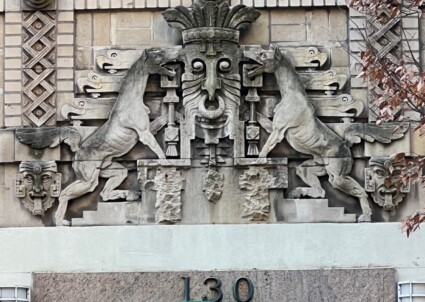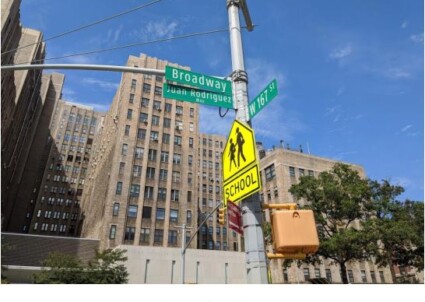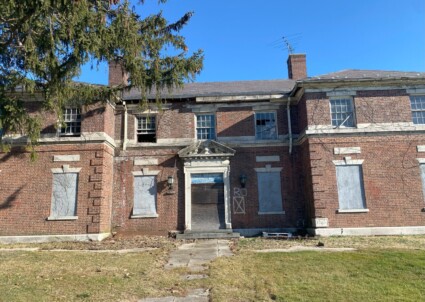Park Avenue, Manhattan
Park Avenue, today a coveted address, was once neglected. In 1831, the New York and Harlem Railroad was granted use of what was then known as Fourth Avenue for its train tracks. Steam locomotives were introduced in 1837, and the avenue was widened from 100 to 140 feet. Just after the construction of the Grand Central Depot on 42nd Street (the first of three stations to be called Grand Central), legislation in 1872 mandated that train tracks be below ground, which led to construction of a railroad tunnel between 56th and 96th Streets. Known as the “Fourth Avenue Improvement,” this partially covered tunnel funneled pollutants and noise up to the street through vents in the center of Fourth Avenue. As a result, residential development stalled in the 1870s and 80s, even as the wealthy were building extravagant mansions on Fifth and Madison Avenues and associated carriage houses and stables east of Fourth Avenue. A transitional place, Fourth Avenue’s first buildings included an assortment of rowhouses, tenements and institutions. The latter category included the German Hospital (later Lenox Hill Hospital) and the Seventh Regiment Armory.
In 1887, the Board of Alderman voted to rename the blocks north of 42nd Street Park Avenue, but “Fourth Avenue” was widely used until the early 20th century. After a major rail accident in 1902, the New York State Legislature banned steam locomotives in Manhattan, requiring train lines to be electrified. This precipitated the construction of a new Grand Central Terminal and drastically increased Park Avenue’s real estate value. The central vents were converted into landscaped malls. In 1928-29, to facilitate the widening of the avenue for vehicular traffic, the malls and sidewalks were narrowed and buildings’ areaways were removed. Regardless of their diminution in size, the malls are still a highlight of Park Avenue.
Perhaps the most important contributor to Park Avenue’s special character is its apartment buildings, whose largely uniform heights form continuous street walls. After World War I, apartment living became fashionable for the wealthy, and Park Avenue experienced a building boom in the 1910s and 20s. Apartment buildings were designed to emulate the elegance of the townhouses they were replacing. In addition to spacious lobbies, uniformed doormen, elevators and large apartments (with as many as 18 rooms), the buildings were designed by respected architects in popular styles, including: Gothic Revival, Renaissance Revival and Art Deco. Among the notable architects were: George and Edward Blum, Rosario Candela, J. E. R. Carpenter, George F. Pelham and Emery Roth. These buildings continued to be built on Park Avenue after World War II and up until the present, signaling its constant desirability over time. Park Avenue also boasts a number of graceful townhouses and religious institutions, as well as several new buildings completed in the early 2000s.
Residential Park Avenue is largely protected by landmark designation. The Upper East Side Historic District, designated in 1981, includes the blocks between East 61st and 79th Streets. The Park Avenue Historic District, designated in 2014, includes the blocks between East 79th and 91st Streets. The Expanded Carnegie Hill Historic District, designated in 1993, includes the blocks between East 91st and halfway between 93rd and 94th Streets. The avenue also includes a number of individually designated landmarks.
